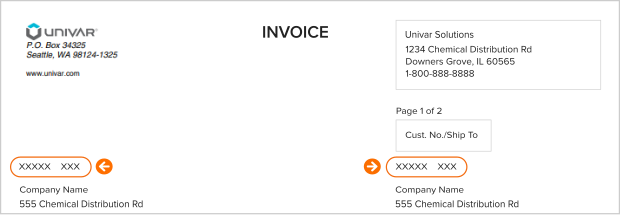We’re here to provide you with more information or help answer any questions you might have. Send us a note and we’ll get back to you as soon as possible.


Moisturizing is not only the key to supple, swoon-worthy skin but it’s also the foundation for healthy and robust skin. may be the key to not only supple, swoon-worthy skin but also skin that’s healthy and robust. So while moisturizing skincare and its benefits sound simple enough, actually understanding why it’s a staple in everyone’s vanity and what ingredients to look for will help you navigate the makes the overwhelming amount of choices on the market and find what products will work the best for you. millions of choices on the market unique sometimes remains aloof.
Today we’ll tackle the basics you must know when it comes to benefits, ingredients, formulations, and more—including some of our top picks.
What Is Moisturizing Skincare and Why Is it So Crucial?
Healthy skin holds in moisture, exfoliates on its own, and is soft to the touch. But when xerosis (dry skin) is on the table – it means your skin needs a bit of help. So in simplest terms, when you moisturize dry skin, you're replenishing what your skin has been lost, or what was lacking.
Moisturizers do so by holding water in the stratum corneum, that is, the outermost layer of the skin. Impaired function increases leads to increasing trans-epidermal water loss (TEWL), which leads to said dry skin.
Effective moisturizers use humectants to pull in moisture, emollients to smooth the surface, and an occlusive to lock the moisture in (more on these later).
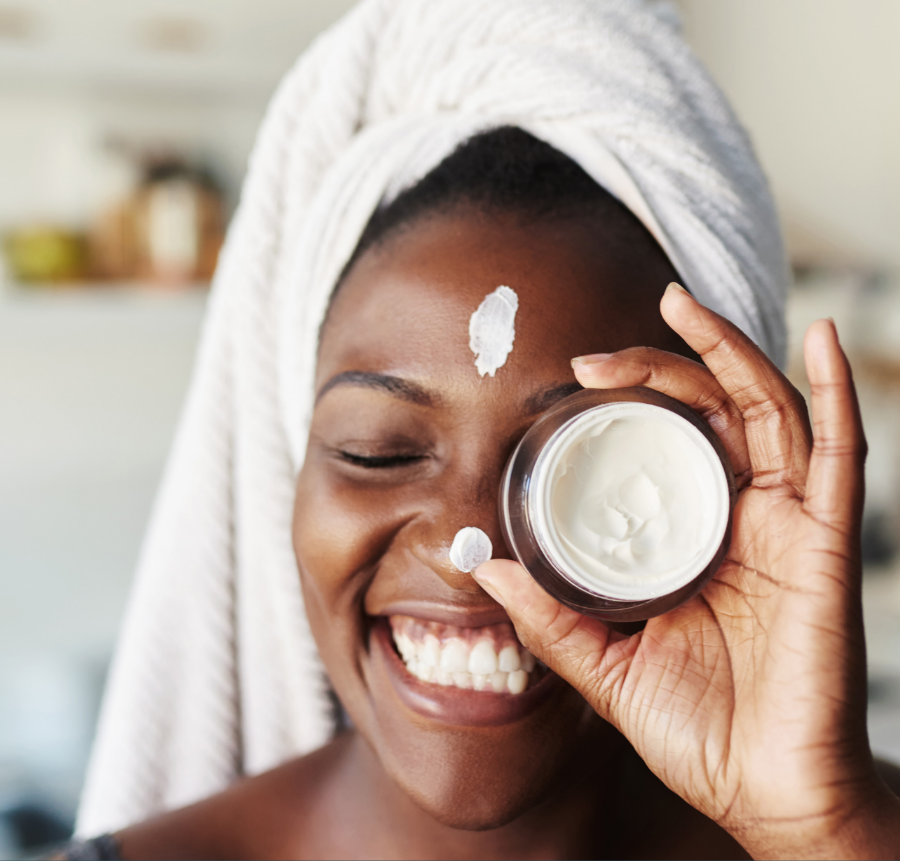

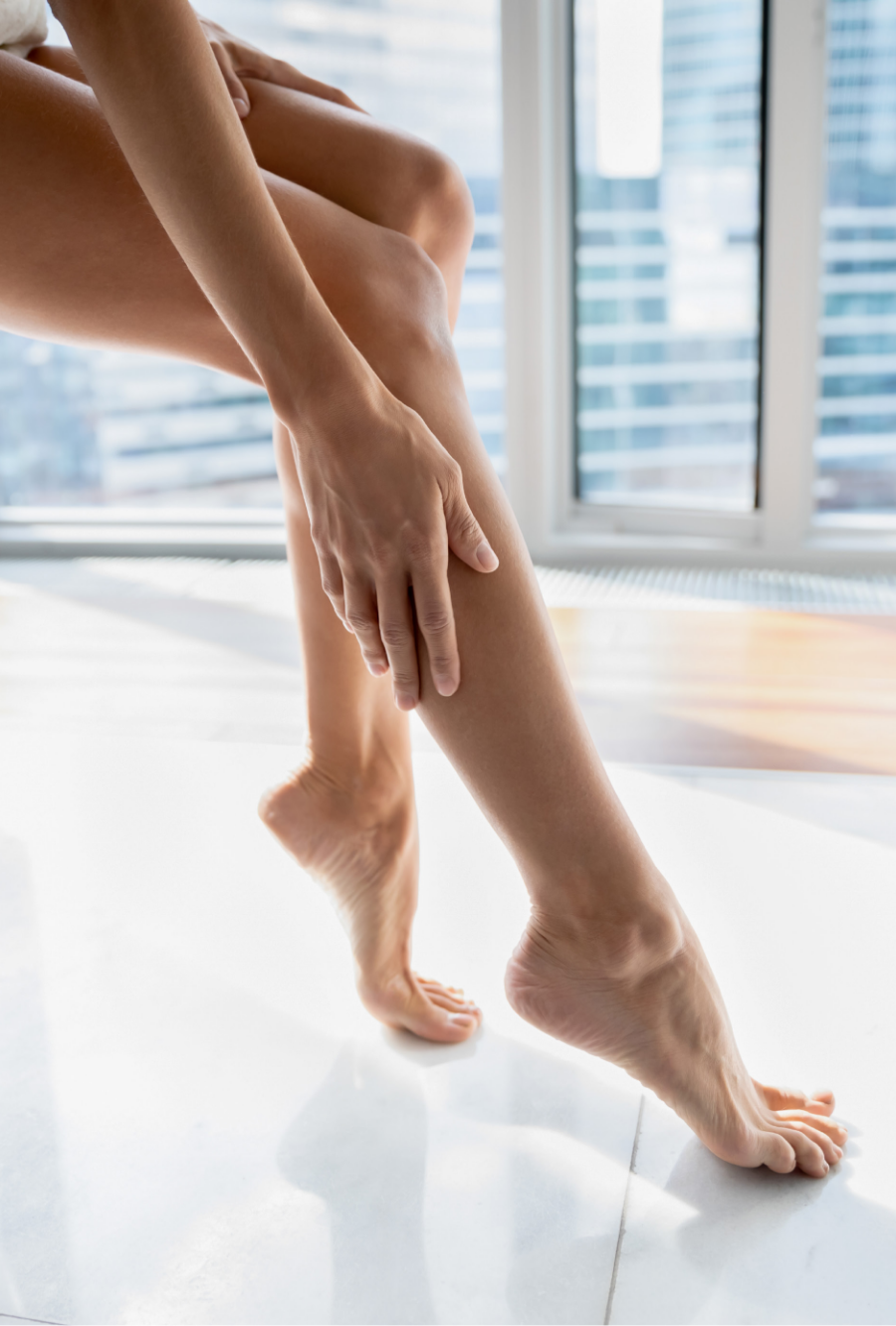

Moisturize Your Skin Daily
What can feel like sweet relief at times, may begin to feel like a chore when added to an already too-long to-do list at the end of the day. But using moisturizing skincare every day is important, especially if you suffer from skin conditions such as atopic dermatitis, irritant contact dermatitis, or ichthyosis, for example, which lead to chronic dry skin, inflammation, and a weakened barrier.
Moisturizers with a thicker formula (more below) create a physical barrier that locks in hydration and prevents skin from drying out. In addition, moisturizers can enhance the functioning of the stratum corneum to help retain moisture. So, daily use can be the key to a proactive relief from chronic dry skin and a weakened barrier.
The Benefits of Moisturizing Your Body
It’s no secret that your skin is the largest organ of the human body (fun fact: adults on average have about 22 square feet of it!). But too often, we neglect it from the neck down. Here’s why you should be using moisturizing care from head to toe:
- Protect your skin’s moisture barrier: Between hot showers, harsh soaps, and the environmental stressors around you, the skin on your body can take a beating. That’s why it’s important to moisturize your entire body — giving extra TLC to your knees, elbows, and hands, to replenish moisture lost during these moments. As a bonus, antioxidants and other ingredients can help create a protective barrier against unwanted environmental stress.
- Relieve itchy skin from extreme weather: Dry air (cold winter months, hot summers, drier climates, air travel, and more) can exacerbate dry skin because of low humidity (less moisture in the air). These conditionsis leads to thate red, itchy, flaky skin we’ve all experienced! Without adding moisturizing ingredients to the skin's surface, it cannot draw the normal amount of humidity from the air into the skin.
- Enjoy soft, supple skin year-round: The benefits of moisturizing your body aren’t just about banishing or balancing out dry skin. Soft, supple skin is a good sign of overall health. The most important times to use moisturizer are after a shower, a shave, or exfoliation, because these activities strip all the moisture and oils out of your skin, leaving it dehydrated parched and rough.
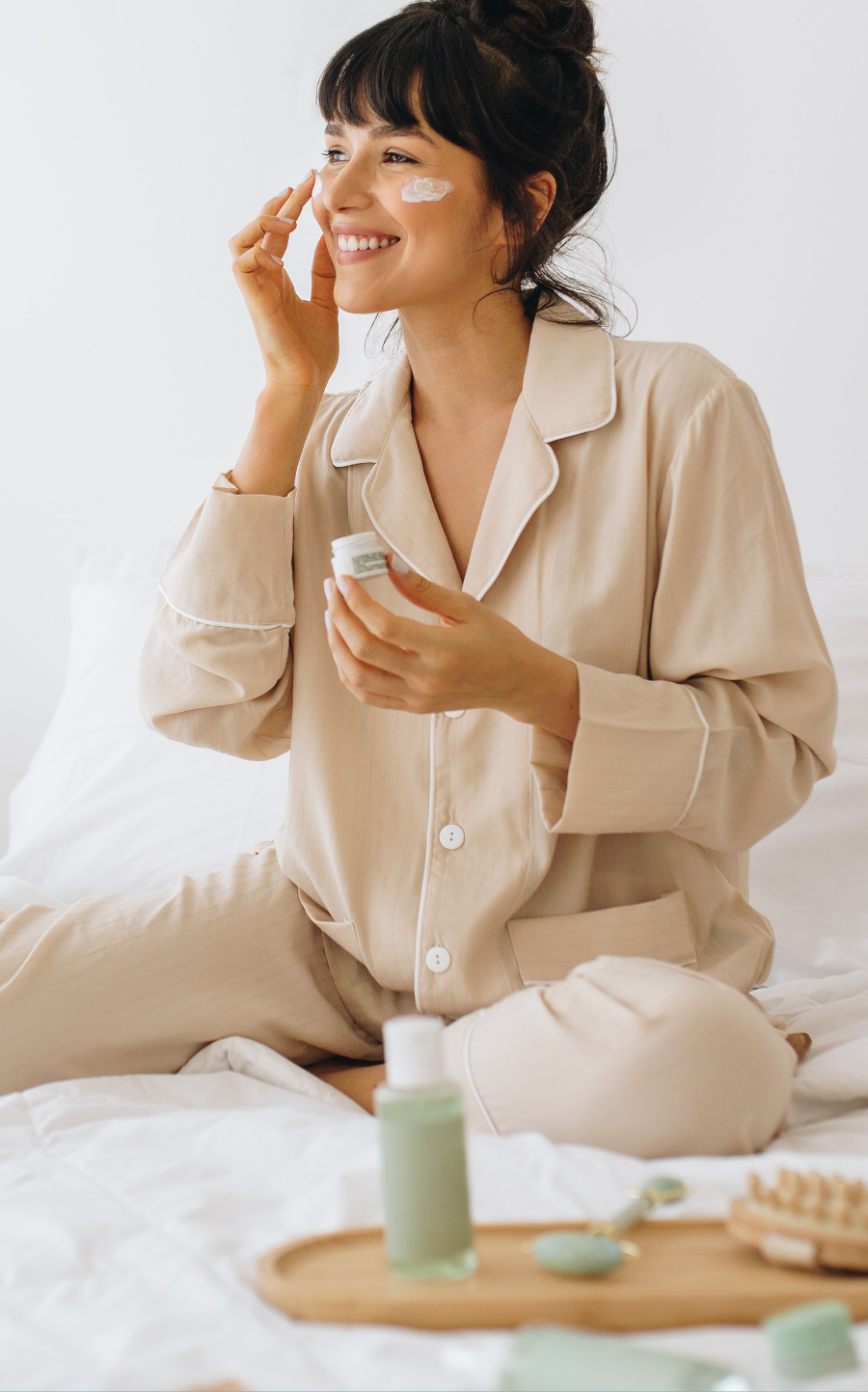

The Benefits of Moisturizing Your Face
When your skin isn’t holding onto enough water, the effects on your complexion are quite noticeable. It looks and feels drier, and loses its elasticity and luster.
Just like with body moisturizer, face moisturizer comes to the rescue by locking in water to the skin, so your skin feels healthier and looks smoother. Many moisturizers have added anti-aging ingredients, so they do double duty for your skin.
- More youthful-looking complexion: Regular moisturizing helps to nourish your skin in the long term, potentially slowing the signs of aging, according to a 2010 issue of the British Journal of Dermatology. In addition, regularly applying face moisturizer prevents wrinkles and tired-looking skin in the long run for an overall youthful-looking complexion.
- Protect your skin’s moisture barrier: A daily moisturizer is necessary to maintain your skin's moisture barrier and to prevent environmental damage to your skin. Moisturizing your face can reduce your chance of developing extreme dryness or oiliness, According to the University of Tennessee Medical Center, according to the University of Tennessee Medical Center., moisturizing your face can reduce your chance of developing extreme dryness or oiliness. The best face moisturizers to reach for in the AM are infused with SPF 30+.
- Keep your skin smooth and clear: To be clear: all skin types can benefit from moisturizing skincare for their complexion. That’s to say, many people with acne may fear adding more moisture and oil to the equation; however, moisturizing and cleansing your skin can actually reduce the overproduction of oil in your skin!
Face and Body Moisturizers Are Not One and the Same
So now you may be thinking: “Tthe benefits seem to overlap., Ccan’t I just use the same moisturizer for both my face and my body?”
In short, the answer is no. That’s because there’s a lot of variation in the thickness of your skin on your face and everywhere else. The skin on your face is actually thinner and more sensitive than elsewhere, with the skin around your eyes being the thinnest part (hence why eye creams are formulated especially for that area, too).
Your face also contains the highest concentration of sebaceous glands, which produce oil. the ones responsible for producing oil, Sso if you have those with complaints of oily or acne-prone skin, you may want to use an entirely different type of moisturizer for yourtheir face compared to what you use for your body to avoid breakouts. than what they use for their body if they want to avoid breakouts.
The 4 Types of Moisturizers to Consider
Moisturizers are a spectrum from water to vaseline—with lotions, creams, and ointments being varying combinations of the two. Most product lines carry two or more types forms of a moisturizer, such as one cream form and one lotion form, to have a variation for each skin type.
1. Lotions
Lotions are oil-in-water emulsions and are great for large areas of the skin since this low viscosity solution can be easily spread. Lotions can be formulated to be oil-free, alcohol, fragrances, or preservative-free for people with oily or acne-prone skin.
2. Creams
Creams are water-in-oil emulsions. These semi- solid emulsions are thicker than a lotion and better at maintaining their shape, which also means it’s not as easy to spread (but it’s not difficult to do so!), making it a common solution for face, hands, and foot creams.
3. Gels
Gels have a higher absorption rate and provide hydration without leaving any greasy residue on the skin, making them an effective and fan-favorite solution for people with oily or acne-prone skin. Gels are not ideal for those with sensitive or dry skin.
4. Ointments
Ointments are typically composed of petrolatum and mineral oil, or petrolatum and waxy/fatty alcohol combinations. Generally, they are anhydrous (contain no water), can be challenging to apply evenly, and feel greasy, making them a least favorite among skincare users.; Ohence, ointments are mainly used for must-have moments like extremely dry skin or for medicated skin products.
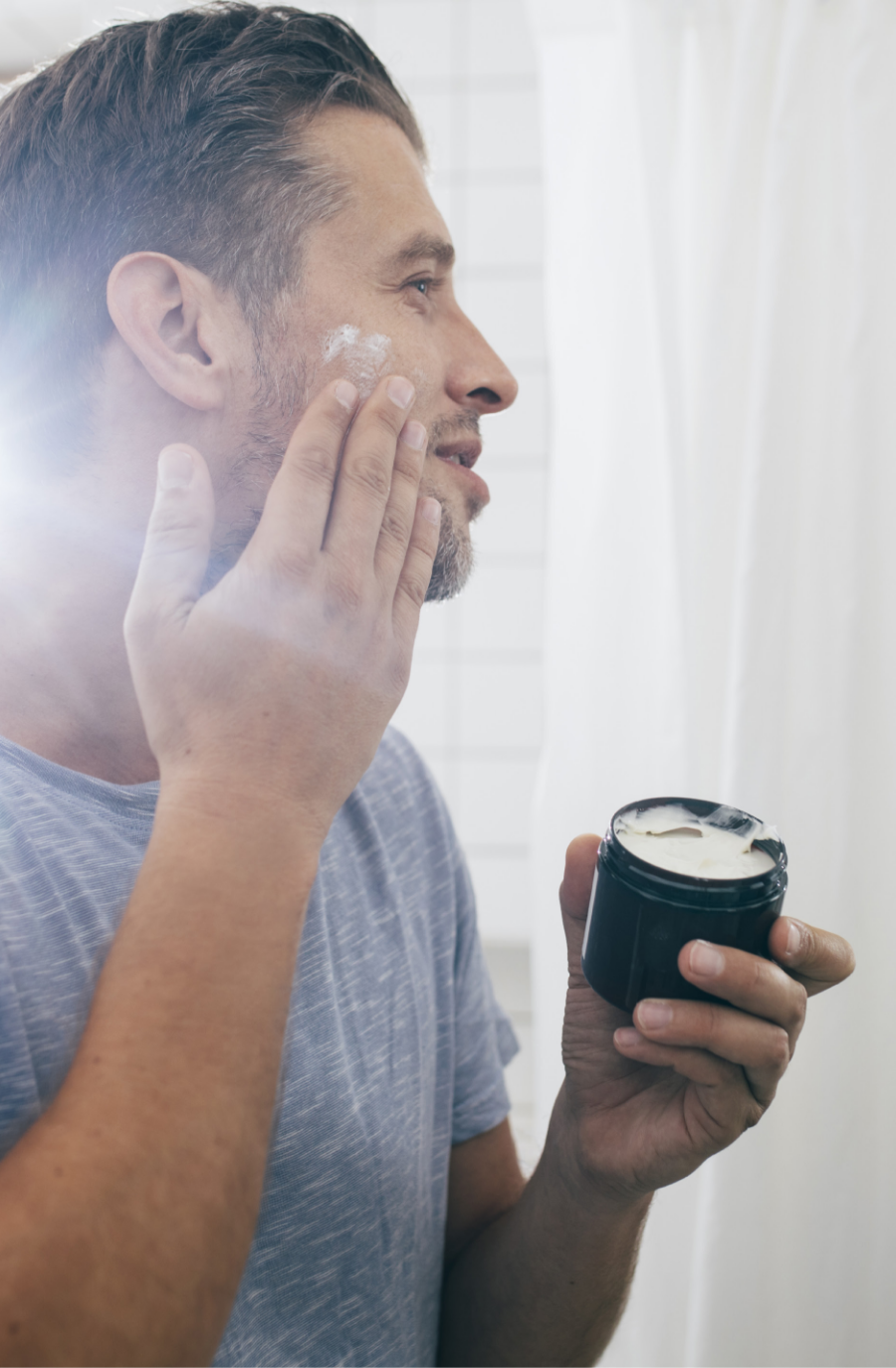

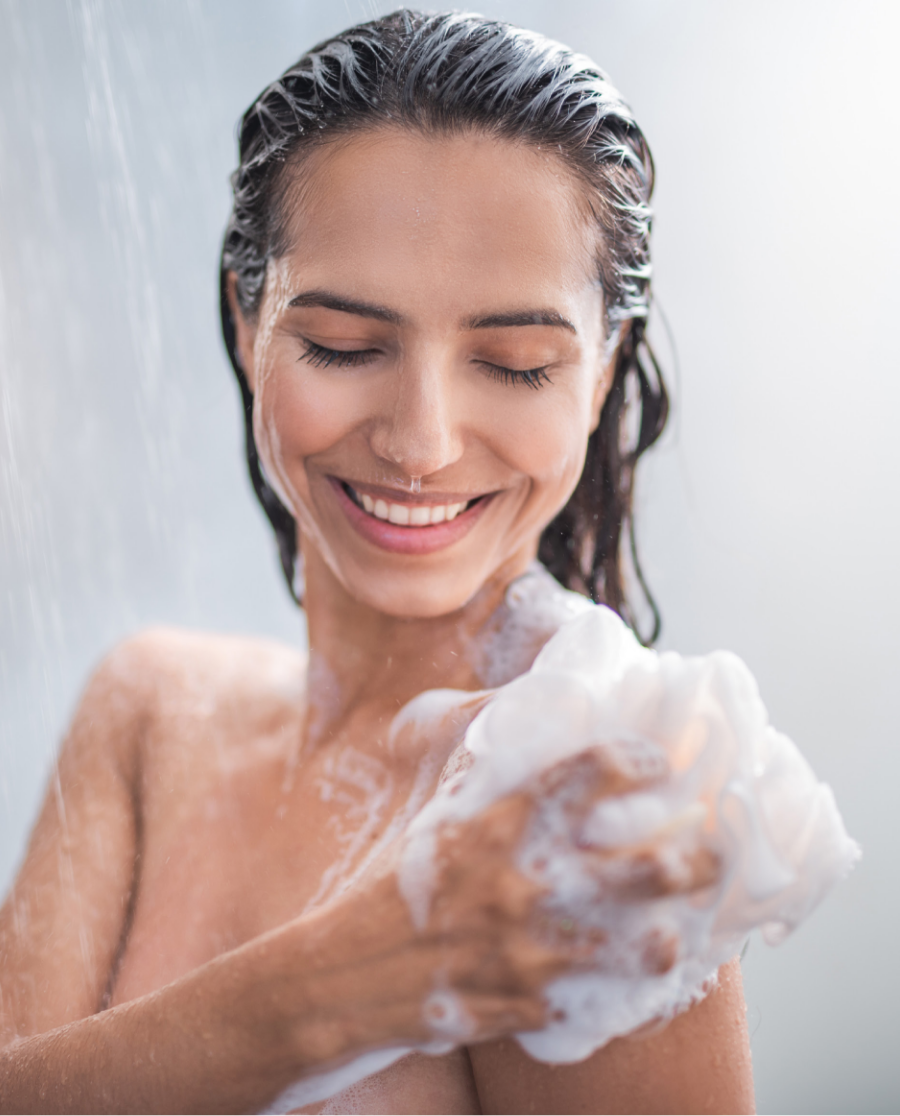

Humectants
Humectants are designed to act like a sponge and attract water, often able to hold up to 100–1000 times their weight in moisture! In essence, humectants pull water from the air and from deeper layers of the skin. So, when the humidity is low and there’s not a lot of water in the air, humectants will pull water up from deep inside your skin. So, when the humidity is low, there's so little water in the air that almost all of the water comes from the inside out.
Glycerin
Whether derived from vegetable or animal sources or made synthetically, glycerin, also known as glycerol, is non-allergenic and good for breakout-prone skin. In combination Working with emollients, glycerin makes dry skin feel soft and supple. Rwhile research has also shown that glycerin can mimic what’s known as skin’s natural moisturizing factor (NMF).
Hyaluronic Acid
Hyaluronic Acid (HA) is a powerhouse in today’s moisturizing skincare. HA forms naturally in the skin, and it helps to bind water to collagen, trapping it in the skin, making the skin appear plumper and more hydrated.
Panthenol
Panthenol (vitamin B) is a great example of a vitamin being used for its physical, not nutritional, properties. Panthenol, when applied topically, converts to pantothenic acid, which is a naturally occurring substance within the body. It’s a popular humectant in many personal care products.
Emollients
Emollients have a special role: to fill in rough spots and make skin feel smooth[1] . They don’t actually affect the water content. They are the oils or fatty lipid-based products that help lock in hydration and enhance the skin's protective lipid barrier.
Shea Butter
Shea butter is an incredible moisturizer, and one most consumers know and love. The oils in shea butter easily melt into the skin to soothe dryness, and can also help to treat inflammation.
Fatty acids
The stratum corneum (the outermost layer of skin, remember?) is often described as a brick wall with your skin cells like bricks, and the mortar is a mixture of sebum, ceramides, and fatty acids. Many formulas on the market today, advertise linoleic (omega-6) and linolenic (omega-3) fatty acid content. Plant, nut, and seed oils with high essential fatty acid concentrations work too, such as evening primrose, rose-hip seed, and flaxseed oils.
Natural Sensory Emollients
As for an honorable mention, we recommend plant-based emollients by INOLEX. These multifunctional emollients are packed with formulation benefits and functional attributes and provide a unique sensory experience when used infor the skincare.
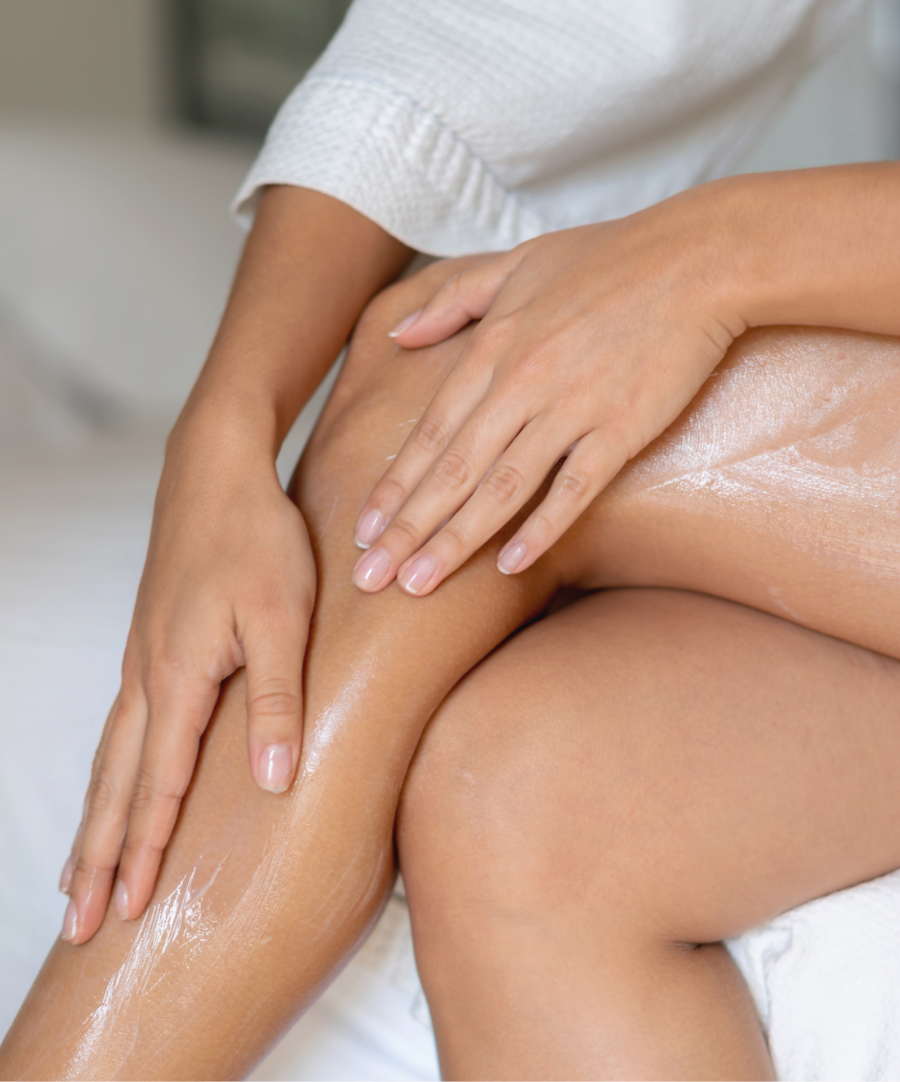

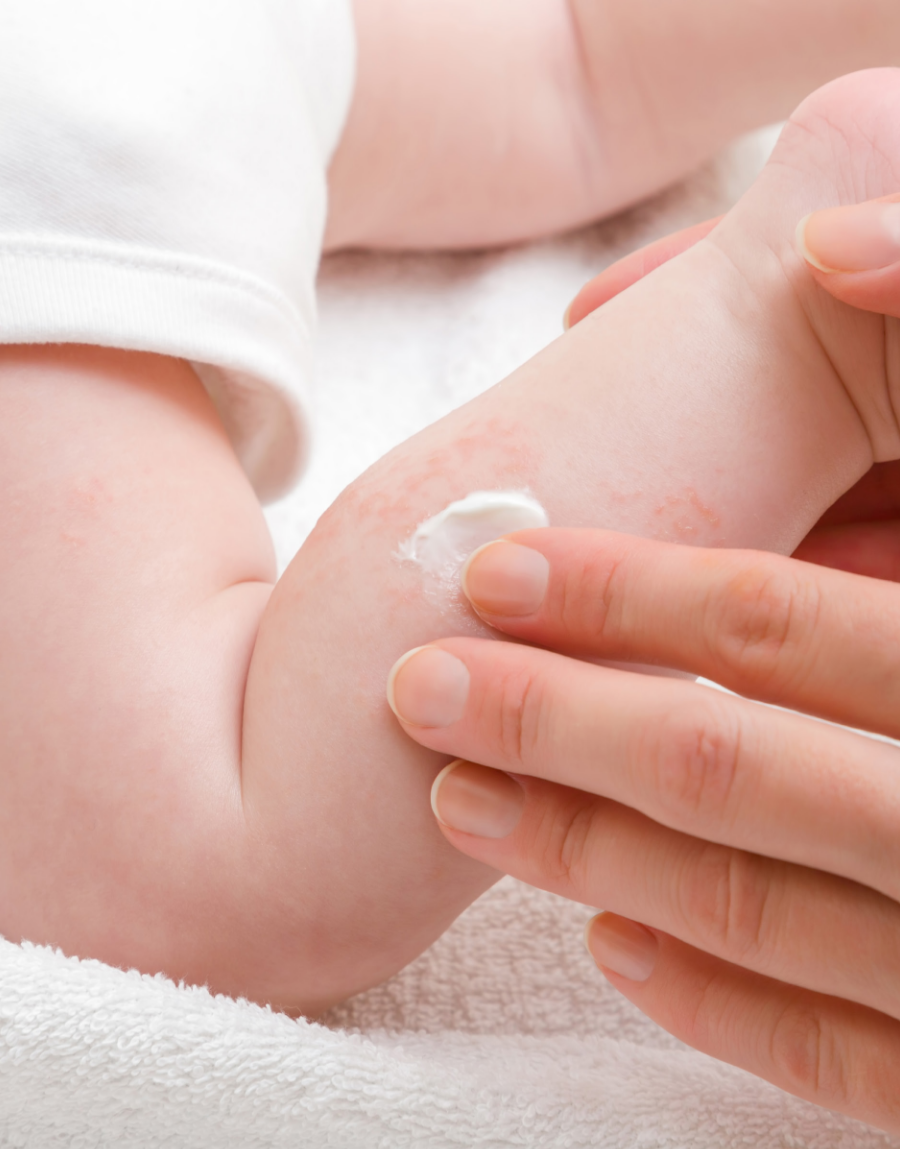

Occlusives
Occlusives create a physical barrier on the skin to prevent TEWL and lock in hydration. The thickest, waxiest of all options, occlusives are best for extremely dry, irritated skin or those suffering from skin conditions such as eczema. Because they create a physical barrier on the skin, it’s important to note they can clog pores and cause breakouts.
Ceramides
As mentioned earlier, ceramides are naturally occurring lipids (fats) in the skin, and they are especially helpful at helping to decrease dry skin and irritation. Ceramides are the glue that holds our skin cells together, working to restore your skin's natural barrier, which, in turn, then helps to keep moisture in and harmful elements out.
Petrolatum
Petrolatum is the most effective and most well-understood occlusive today, often being the third or fourth ingredient in a formula list. It sits on top of the skin and hinders so-called transepidermal water loss (TEWL) like nothing else.
Lanolin
Lanolin is a natural product made by extracting the nourishing oil from sheep’s wool (this process happens to the wool after the sheep is sheared, so it doesn’t cause any harm to the sheeplanolin causes no harm to sheep). Because of its high-fat content, lanolin is a common ingredient in many a number of products marketed to help heal eczema, burns, and scrapes.
Formulate With Us
Ready to create your own moisturizing skincare? Knowing the basics is just the beginning–a beautiful one at that–but for those who need support, you can begin formulations with Beauty Ingredients by Univar Solutions.
Trends will never stop evolving, and through our global network of customers, suppliers, partners, marketers, scientists, and technical experts, we can keep a pulse on changes in the industry to help you create the formulations you need.
Shop Ingredients to Pioneer Your Own Concept Formulas
Today we touched on the types of ingredients, with some of the most well-known ingredients and some lesser- known but extremely loved additions to the moisturizing skincare of today. But if you want the skincare of tomorrow, then it’s time to create your own concept formulas.
We work with established and emerging manufacturers worldwide from around the world to offer you the latest innovative ingredients that can help you formulate to meet the latest and upcoming trends. No other distributor can match our breadth and depth of knowledge of beauty and personal care ingredients and technologies.
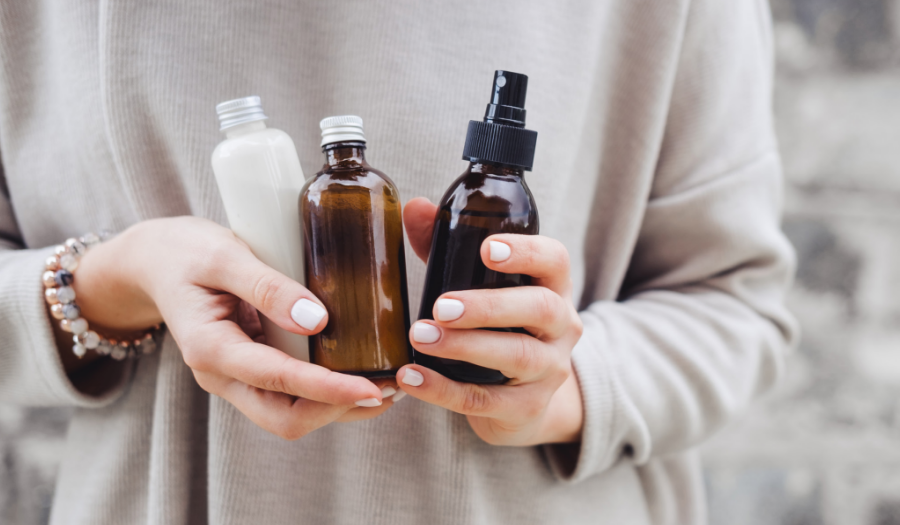

Contact Us for Formulation Support
Whether you’re looking for specific specialty ingredients, have a formulation or technical challenge, need application testing, or are looking for support to scale up and launch in a new and dynamic market, we can help.
The tunnel car wash evolution
A star was born in 1940 in Hollywood, California. The first precursor of the modern tunnel car wash business began with an automatic conveyor car wash that used workers to soap and dry the vehicles. A year later, the first hands-free automatic car wash business started using machines to do the work in Seattle. Their popularity exploded throughout the following decades with tunnel washes that used automated mechanical cleaning with nylon bristles and brushes.
Since then, technological advancements such as foam brushes, soft cloth applicators, and modern touchless car washes have made tunnel car wash systems more efficient and less abrasive for vehicle paintwork.
For tunnel car wash equipment performance, it's about striking a balance to ensure the vehicle is cleaned best BEFORE the finishing process. Otherwise, it will magnify and preserve the dirt under these protective layers. Since both applications are doing different things with the surface tension, facility owners need to be sure that the second part of the process begins at the right time to make vehicle surfaces more hydrophobic and shed water rather than further spreading it out.
Resources
References:
Aquabio, Car Wash History: From Simple Beginnings to Modern Day Features: https://aquabio.co/uncategorized/blog/car-wash-history-from-simple-beginnings-to-modern-day-features/
Automatic Vehicle Wash, Tunnel Systems: https://avwequipment.com/equipment-category/tunnel-systems/
Carwash.com, 5 long-lasting benefits of carwashing: https://www.carwash.com/5-long-lasting-benefits-carwashing/
Carwash.com, Going green: Save electricity, water and money: https://www.carwash.com/going-green-save-electricity-water-and-money/
Carwash.com, Lessons in carwash tunnel layout: https://www.carwash.com/lessons-carwash-tunnel-layout/
Detail Pro POS, 20 Car Wash Statistics in 2021 That Will Surprise You: https://www.detailpropos.com/blog/car-wash-statistics/
Focusedcarwash.com, Car Wash Industry Statistics: https://focusedcarwash.com/wp-content/uploads/2017/09/industry-statistics.pdf
How It Works, How does a car wash work?: https://www.howitworksdaily.com/how-does-a-car-wash-work/
JBS Industries, 10 Trends You Should Know About the Car Wash Industry: https://www.jbsindustries.com/blog/10-trends-you-should-know-about-in-the-car-wash-industry/
JBS Industries, Best Car Wash Add-Ons: https://www.jbsindustries.com/blog/car-wash-add-ons/
PSD Codax, Tunnel Car Wash Systems - A Beginner's Guide to Tunnel Car Wash Systems: https://www.psdcodax.com/tunnel-car-wash-systems-a-beginners-guide-to-tunnel-car-wash-systems/
Sunset North Car Wash, Here's What (Tunnel) Car Washes Are Really Doing to Your Car: https://sunsetnorthcarwash.com/2022/11/28/heres-what-tunnel-car-washes-are-really-doing-to-your-car/
Synchrony, 5 Reasons to Visit the Car Wash - and What to Watch Out For: https://www.mysynchrony.com/blog/automotive/5-reasons-to-visit-the-car-washand-what-to-watch-out-for.html
Thompson Sales Company, Wash Your Car Yourself or Take It Somewhere: https://www.thompsonsales.com/wash-your-car-yourself-or-take-it-somewhere/
Tommy's Express, Do clean cars improve gas mileage?: https://tommys-express.com/blog/do-clean-cars-improve-gas-mileage/
Way.com, Tunnel Car Wash - All you need to know: https://www.way.com/blog/tunnel-car-wash-all-you-need-to-know/
Way.com, All you need to know about clean cars and fuel efficiency: https://www.way.com/blog/clean-car-and-fuel-efficiency/
Western Carwash Association, Water Conservation: https://www.wcwa.org/page/WaterConservation





